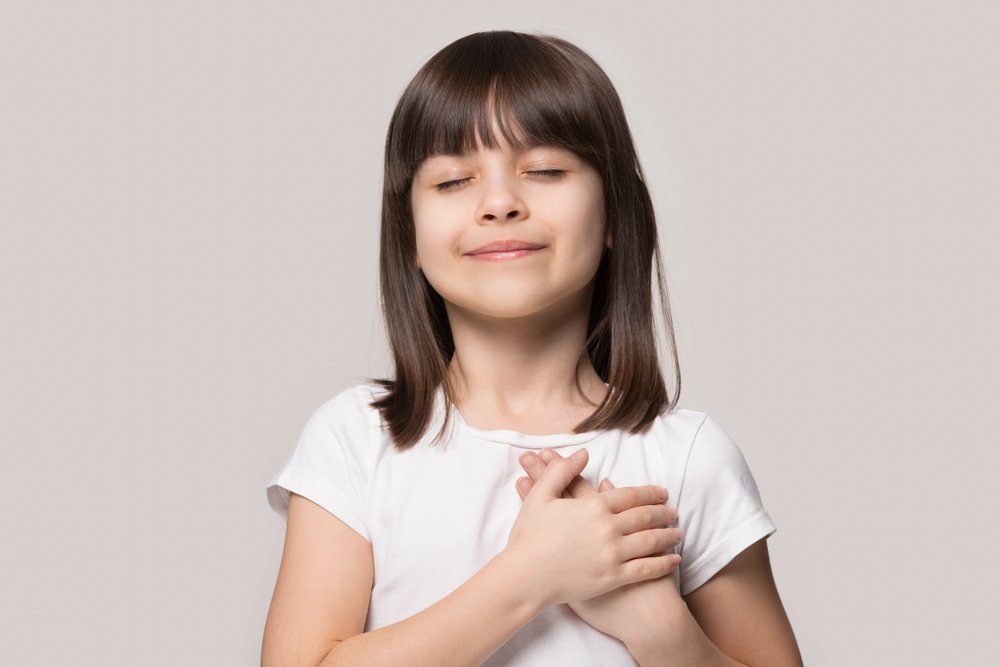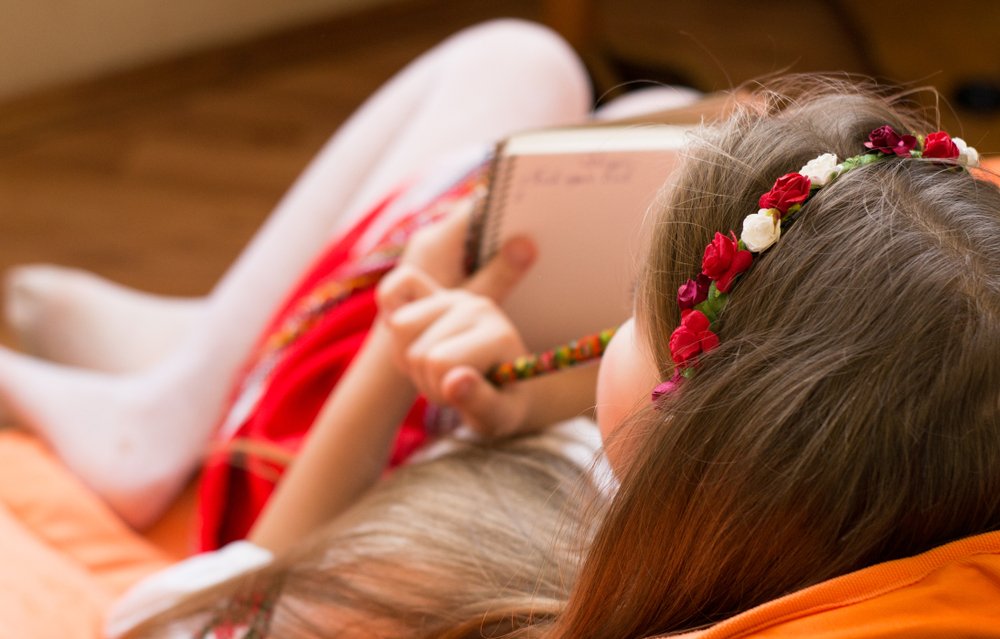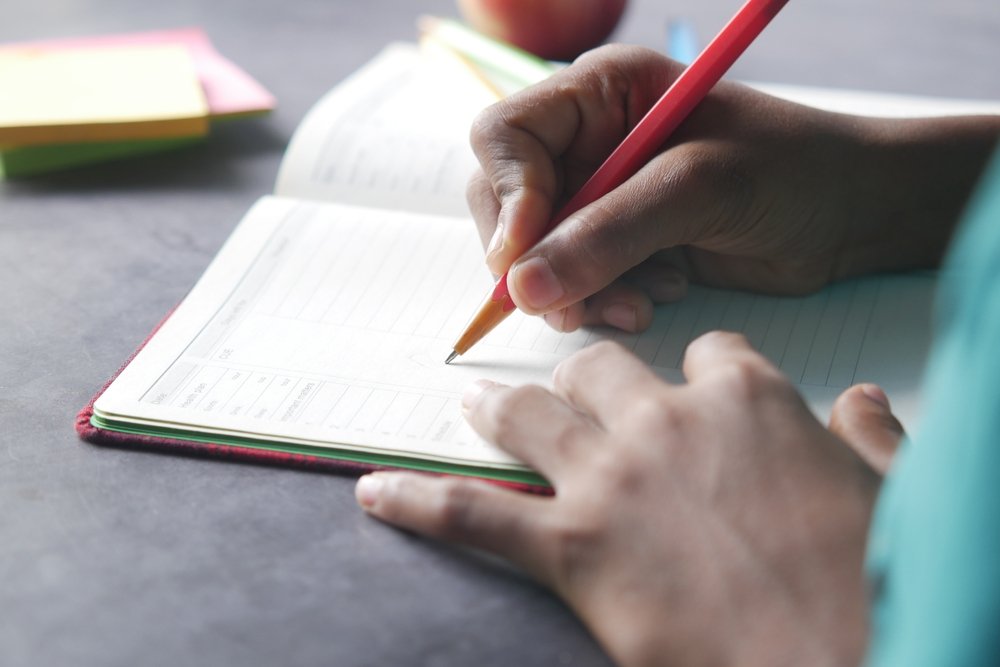How to Help Your Kids Cultivate a Lifelong Attitude of Gratitude
Expressing Gratitude Has Positive Mental Health Benefits for Children
Expressing gratitude and consciously finding reasons to feel thankful are a mental health practice that can and should be introduced to kids at an early age. In preparation for Thanksgiving, we're focusing on the importance of encouraging children to feel grateful—not only during holidays or moments of celebration—but every single day.
Habits formed in childhood last for a lifetime, and providing our children with mental health tools and positive practices is a priceless gift we can provide them.
In psychology research, gratitude is strongly and consistently associated with happiness. Grateful people are more optimistic, feel more positive emotions, enjoy and remember good experiences, deal with adversity, build strong relationships with others, and most importantly, create healthy relationships with themselves.
Practicing gratitude may improve physical health as well—people with an attitude of gratitude are more likely to engage in healthy behaviors. They tend to take care of their physical health by eating well and engaging in regular exercise. As physical and mental health are interconnected, good physical health choices lead to beneficial effects on mental health too. A balanced diet, movement and exercise, and good night's sleep all have a positive impact on the mind.
How can we explain to children what gratitude is and how it feels?
Gratitude is the act of appreciating what we have right now. It's a place inside of us where we feel grateful for everything the way it is right now, instead of focusing on what we want to have. It's a feeling of wholeness, instead of the desire to reach out for something new in the hopes it will make us happier. It's the opposite of the never-ending thinking that we can't feel satisfied until every physical, material, and emotional need is met.
Gratitude helps us refocus on what we have instead of what we lack. And, although it may feel hard to achieve at first, this mental state can always be cultivated and grow stronger with practice and persistence.
Gratitude can be felt and expressed in multiple ways. It can take us to happy memories and experiences in the past. It can be felt in the present by consciously feeling grateful for what we have and the way things are at the moment. It can support a bright future by helping us maintain a hopeful and optimistic attitude.
How can your family start practicing gratitude?
Kids love to copy what their parents do, so one of the best examples a parent can give is to hold space for gratitude in their daily schedule and practice it! Much of our time and energy is spent pursuing things we currently don’t have. Gratitude reverses our priorities to help us appreciate the people and things we do have.
Every evening before saying "good night" to your children, ask them to name at least one thing they feel grateful for at that moment and tell them what you are grateful for.
Saying "Thank you" and sending thank you notes is a great way to train the brain on the importance of feeling thankful and not taking things for granted.
Starting a gratitude journal, in which children can write down the things they are grateful for each day. We invite you to download and print out the attached weekly gratitude journal and fill it out every morning or every evening together with your child/children. The trick is to always find at least one happy thing that brings joy and makes your child feel thankful that they have it right now. It can be as simple as a walk with the dog.



